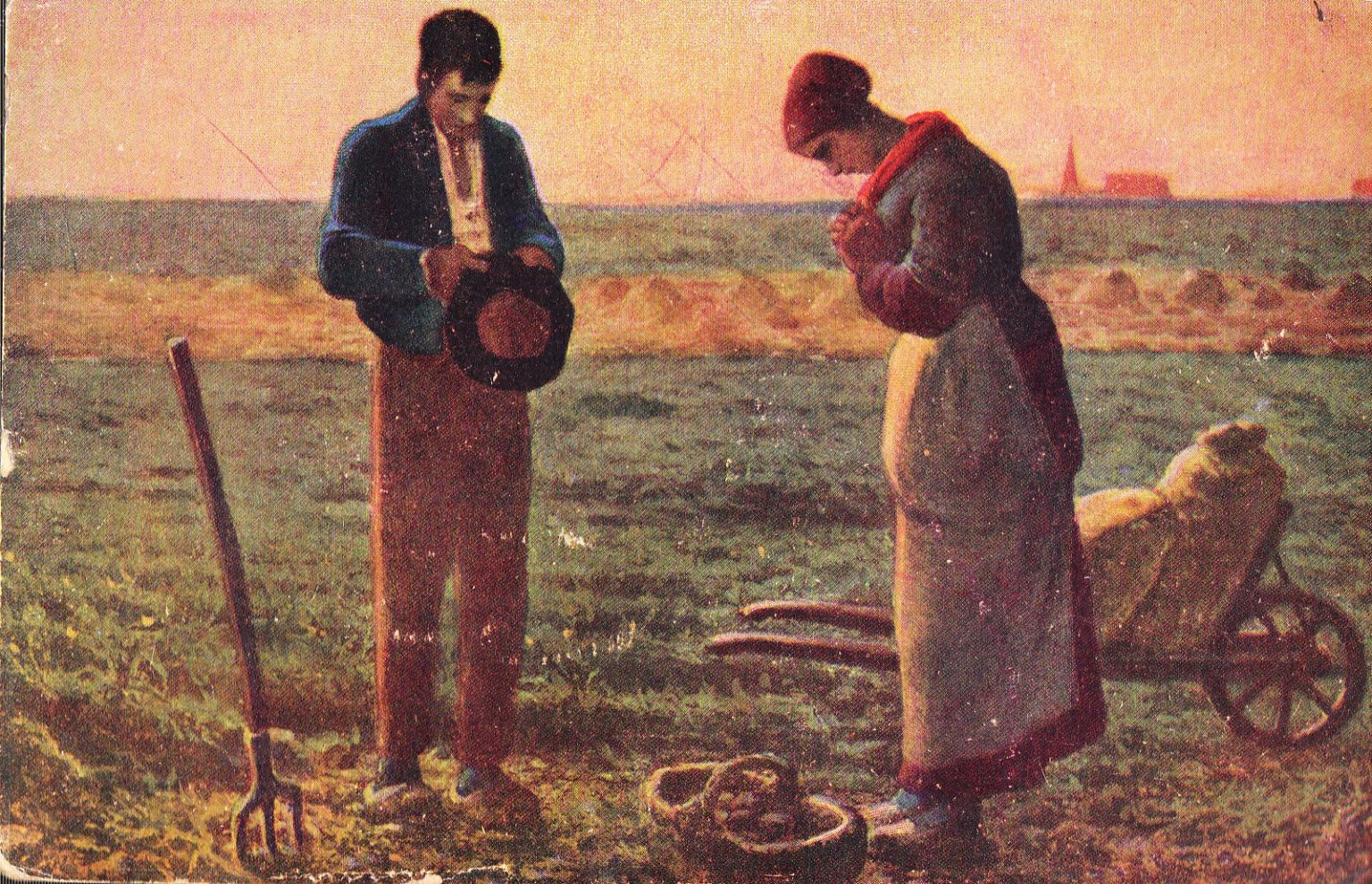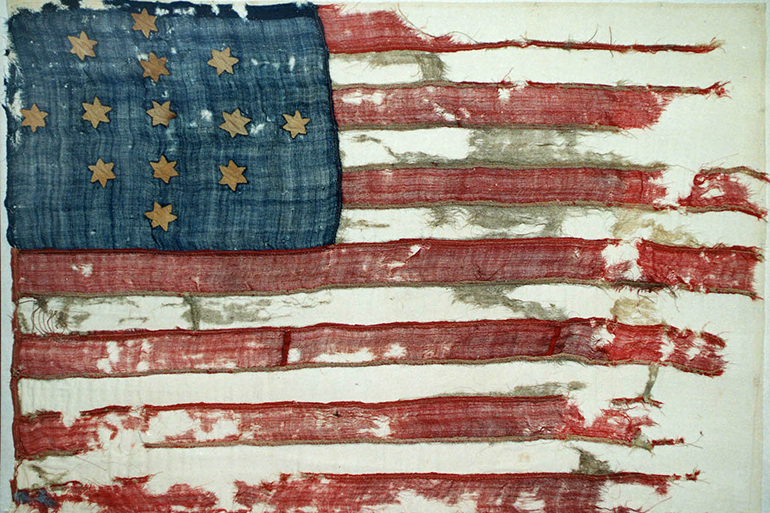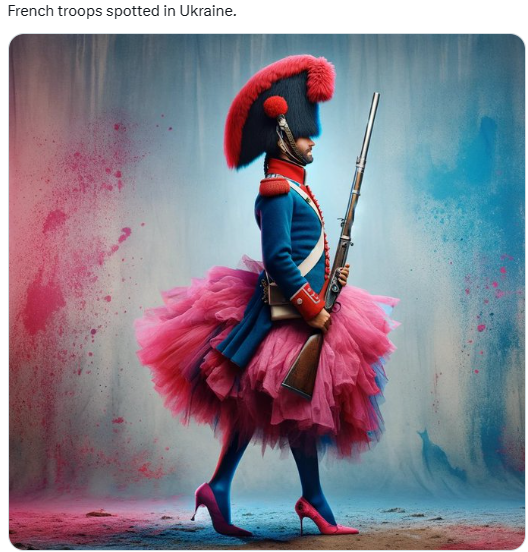Just sit down for a moment and try to get you head around that notion; “People who are Lost, but don’t know they are Lost”.
Consider the popular fairy tale “Three Little Pigs and the Big Bad Wolf”, originally from c1850s in England, in which a mother sow sends her three sons out to build houses on their own since she can no longer feed them. The oldest, and laziest, builds his of straw, and the Big Bad Wolf quickly blows that down and eats the fellow. Likewise, the second pig’s house, of sticks, also come down. Finally, the Wolf encounters the third house, made of stone, and is unable to blow it down, and after several other shrewd attempts to lure the pig out of that house, the youngest pig then has the wolf for dinner.
There were far larger lessons in those stories, and I wonder if people see the significance in that. This modern 2004 analysis of that tale is pretty simple, actually. And it’s all predicated on children being blank slates, and that they need to be taught, “shown the true path” by the parents and generations who have gone before them.
I think it’s safe to say that there has been a downhill spiral beginning with my own generation, (1950s-1960s) about all the lessons children need to be taught to negotiate the numerous trails they encounter now which are now offered up to children in which there is very little, if any parental guidance or control.
We are now entering our fourth generation since my Boomer generation, reported to be history’s largest because of the baby boom from all those soldiers coming home from the war in 1945. I was born in Dec ’45, and I liked Folk and Big Band music, while my next brother, born 1948, was a hard rock DJ who much preferred Steppenwolf. (When I went to the USSR in 1991 I learned then what the historian Larry Schweikart asserted that it was bootleg Hard Rock that brought down the Berlin War in 1989.)
The Three Pigs story was first written in 1850s, and was still standard bedtime reading fare in America at least through the 1950s…in those same boardbook formats.
Only these stories were read or told with a serious purpose…the cartoon’s principal purpose; to get the kid’s attention, just like Sunday School lessons. In fact, in the 1950s-1960s, public schools, Sunday schools and publishers for home libraries were on the same page about what was important for children to know.
And in all three venues the lead actors were the parent; they decided what books would come into their house, and what church they would send their child to (if any) and what the public schools would teach their children in the way of moral and social behavior.
As we know from Saul Alinsky and others, Communist political indoctrination was modeled after this scheme, once they could get in charge of children’s lives.

A child does not know he or she is being snookered; or that it isn’t really normal for Becky to have two mommies, or Little Pete to have two daddies.
How do we cause children to “seek to be found”? And who gives them the roadmap to go through unknown territory. And most of all, to know when they are lost? Whose duty is it to recognize that they may be lost, and to be able to arm themselves with at least the minimum knowledge to know to seek to be found, and how to seek it, and be able to tell the difference between a horse and a mule when see a mode of transportation to help them motor their way through life?
The parents, or the church, or the State?
Consider these numbers. The greatest cause of death for people between the ages of 14 and 45 in the United States is fentanyl. (!!!) Under the assumption that parents did not directly assist in the acquisition of this drug answers one element, and that is how the youngest kid in that bracket had help in acquiring the money, and that, in all likelihood, older “kids” in that demographic, who may now have risen to fine jobs may likely have begun with mom or dad’s help.
(Only I have personal knowledge of kids, now in their 30s, who have fallen into the system, one in state-mandated rehab, college-educated, with well-paying jobs. I also have personal-professional knowledge of children of wealth my age, now passed, who spent the last ten years of her life in emaciated self-imprisonment. It seems to be getting worse.)
True, parents have the primary duty to teach our own children as they begin their own march into “adultery” (as Radar O’Reilly called it) but it was always incumbent on Americans to oversee the teaching of their children by third parties. Even when I was a kid my parents (Mother especially) wanted to know who was teaching us in elementary school even at a time when no teacher dared teach a thing untoward about anything that the child might carry home and repeat to Mom or Dad, for they knew for certain they’d have hell to pay by getting a call to meet Mrs So-and-So at the principal’s office, or even worse, have a parent storm the stage during a PTA meeting loudly demanding to know why his “g-d, m-f’ing son was still saying ‘ain’t’ in the 8th grade“. (I tell Earl Hodge’s story here. Very Instructive on several levels).
But when the leading cause of death among teens and young adults is an expensive drug (forget for a moment that it’s produced by a sworn enemy of the United States and everything America stands for) it causes one to pause and reflect that maybe these children are being raised by parents who themselves were lost and didn’t know they were lost, and were so intent on their own careers and amusements that they indirectly became the money access to these drugs. Perhaps they also don’t know they are lost?
I recently read an interesting book by an “historian-of-the-Left” Robert Cohen, When the Old Left Was Young, Student Radicals and America’s First Mass Student Movement, 1929-1941. If you want to study the Devil that is Marxism, besides reading Saul Alinksy, Cohen’s book is a very interesting as a study of post-modern leftist thinking, an academician trying to portray himself as a scholarly “liberal” in the classical sense… for there was nothing “mass” about the early “Radical” student movements of the Depression era. That “radical movement” came from a few hundred students at select campuses in New York, and later California, campuses like Columbia (Ivy League), but to add the common touch, also tax-paid public schools such as CCNY (City College of New York).
Nor was “radical” thinking even big on those campuses. Most students from prominent and wealthy families went to university to either trains for positions in corporate management, or to seek career academic pathways in disciplines that didn’t require the higher skill levels of the hard sciences. By the 1960s there were dozens of new academic disciplines needing “chairs” requiring PhD’s and offering career tracks for people seeking social status more than adding to the well of knowledge. That Blasey-Ford woman from Stanford strikes me as such a person, who goes about her career daily yet can be zombie-ized with a secret signal to swear that a man she can’t pass a lie detector test that she’d ever actually met had tried to rape her when she was underage binge-drinking at a pool party.
Cohen presented radicalism as if it were the only legitimate reason for the well-situated student to want to go to college, their futures already paid for. And as the Depression era moved into the post-war era, after a horrible 5-7 years of growing patriotism and religious faith in America, which really set their movement back when it should have growing in leaps and bounds, it was still struggling until Vietnam came along.
All the while, throughout the 60s-70s, the vast majority of students still pursued better jobs and economic conditions in college.
Today a far larger number of those subsequent generations, beginning with Gen X (the children of Boomers) are lost in America and worse, may not know it. The whole Hollywood “Valley Girl-genre” from the 1980s, wedded to modern marketing techniques, arose from affluent parents who just cut their children loose, morally, while pursuing their own careers and interests, with the understanding that they’d turn out okay if they went to the right schools and landed on their feet in the right marriage, or profession.
Instead of the few hundred of 1929, there are now thousands who actively try to burn down buildings, or uproot old statues, only, don’t seem to have any sense of what it is that are doing.
Lost only not knowing they are lost, with precious few of our institutions willing to step in to try and save them.





